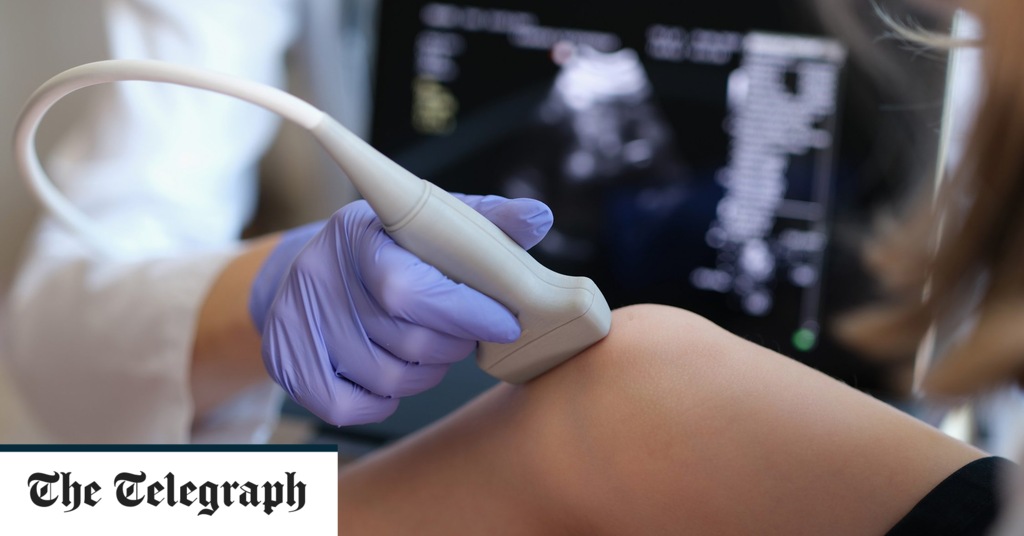Blood
Ultrasound training to detect blood clots for all A&E doctors could slash waiting times
Training front-line staff on how to detect blood clots with ultrasound could slash A&E waiting times by almost half, researchers have suggested.
The Finnish study claims suspected deep vein thrombosis (DVT) – a blood clot that usually develops in the legs and can prove fatal – accounts for up to two per cent of all emergency department visits, while long A&E waits have been linked to more deaths, higher healthcare costs and staff burnout.
The team recruited 11 medics from Tampere University Hospital and Kuopio University Hospital in Finland to examine the records of 93 patients who visited the hospitals’ emergency departments with suspected DVT from 2017 to 2019.
The patients were seen by doctors who were able to carry out point-of-care ultrasounds (Pocus), which can be done in multiple settings, rather than waiting to be referred to see a radiologist.
The results were compared with those of 135 patients who had arrived in the same departments with suspected DVT on the same days, but were sent for ultrasounds in the hospitals’ imaging departments.
Those in the Pocus group waited an average of 2.34 hours in A&E compared to 4.51 hours in the group who received standard ultrasound examinations.
‘The results are convincing’
Dr Ossi Hannula, who led the study, said: “There have been mixed results from previous studies of point-of-care ultrasound that investigated how it affected the length of stay in emergency departments.
“It seems that the results can depend on the setting. As this study was carried out in two different emergency departments in academic hospitals, the results are convincing.
“The crowding in emergency departments is an increasing threat to patient safety as well as staff wellbeing. Using point-of-care ultrasound is one way of reducing an unnecessary delay in decision making.”
Figures released by the NHS last week revealed A&E wait times increased in August.
Some 28,859 people had to wait more than 12 hours in England from a decision to admit to actually being admitted, up 21 per cent from 23,934 in July.
Waiting times have increased
Patients waiting at least four hours from the decision to admit to admission also increased by 10 per cent, from 109,515 in July to 120,120 in August.
Dr Hannula said: “The longer a patient stays in an emergency department, the higher are the death rates and the risks of other complications, the longer their stay in a hospital ward, the lower the patient satisfaction, and the higher the financial costs and the burden on emergency department staff.”
The findings will be presented to the European Emergency Medicine Congress (EUSEM) in Barcelona on Monday.
Professor Youri Yordanov, chairman of the EUSEM 2023 abstract committee, said: “An initiative that can reduce the time that patients have to wait in emergency departments is very welcome, especially as it has the potential to reduce the pressure on staff and improve the patient experience.”
Dr Hannula is now planning to carry out similar studies to determine if the detection of other conditions, such as gallstones, impact emergency department waiting times.

